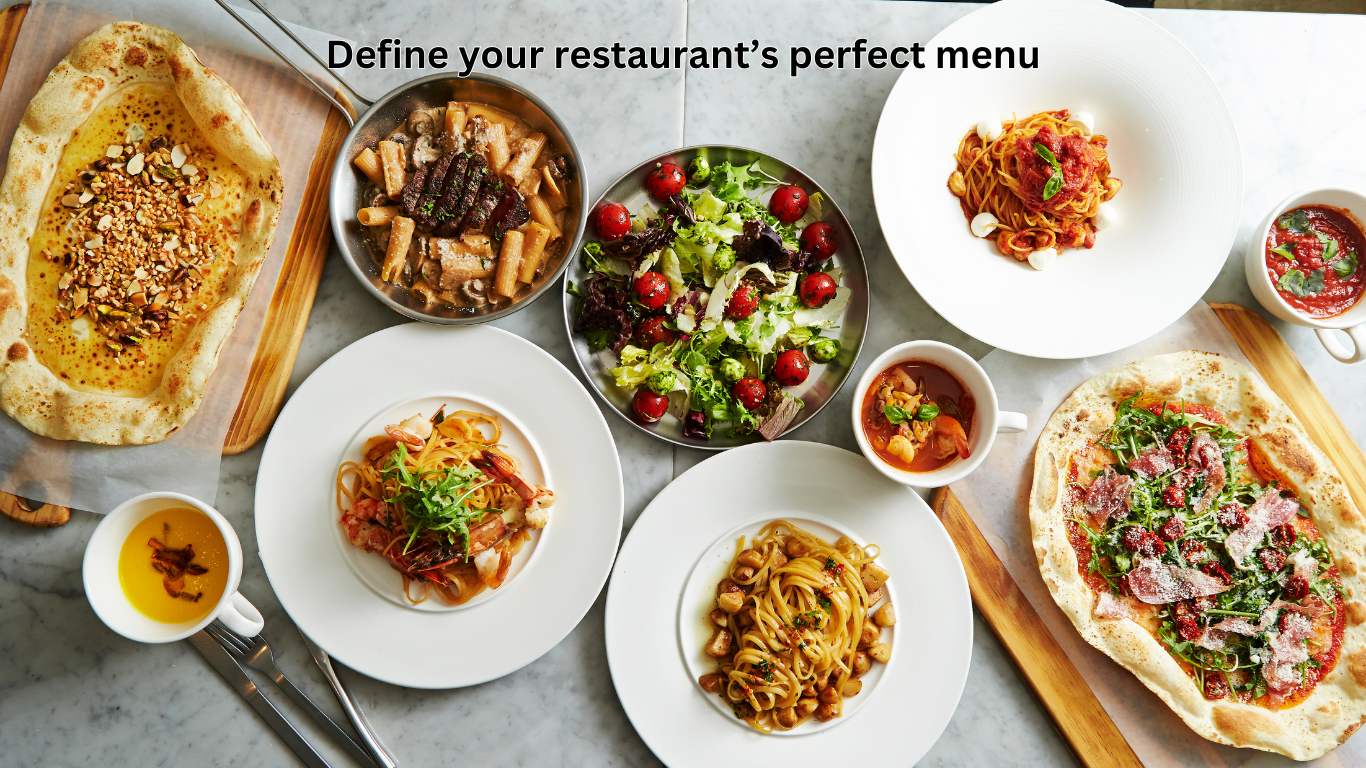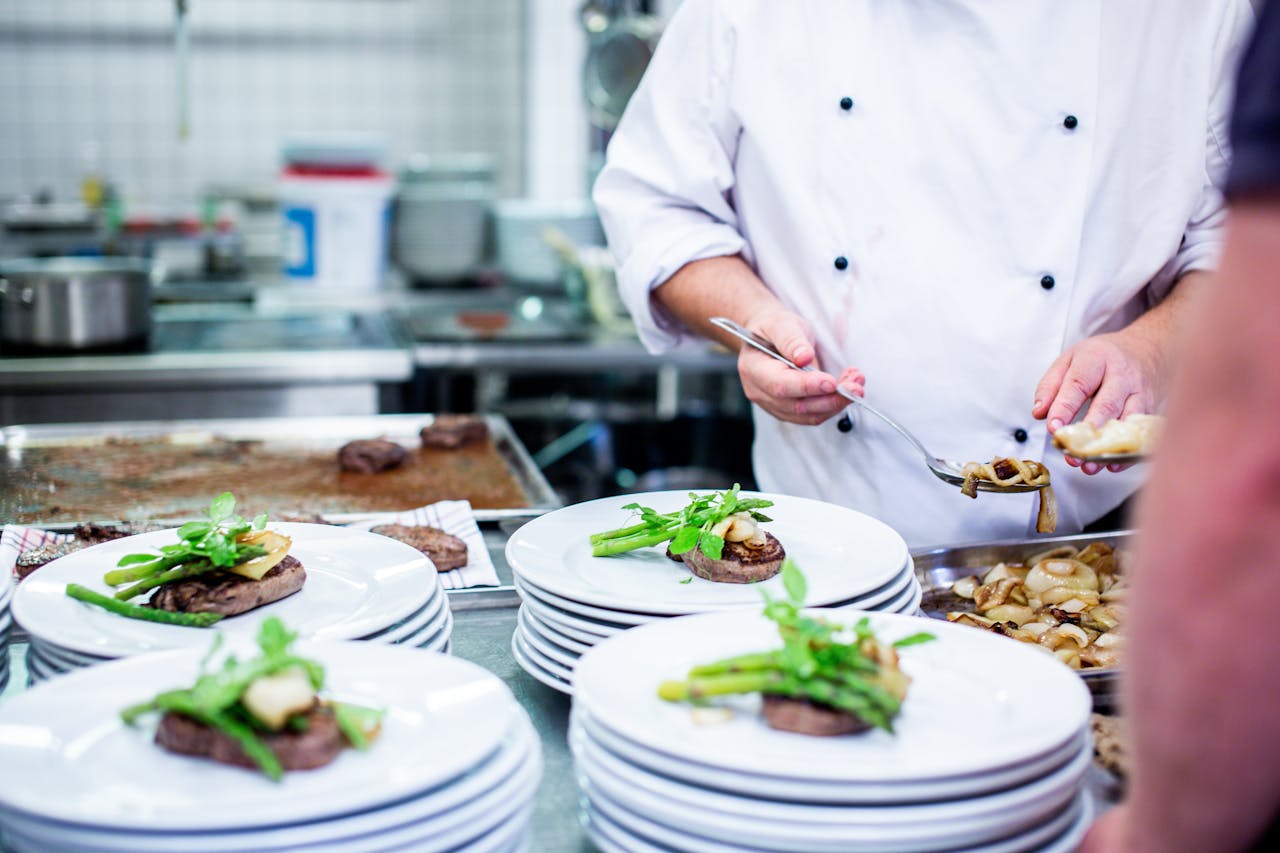Creating a menu that not only delights customers but also drives profitability is crucial for any successful restaurant. A well-designed menu can enhance the dining experience while optimizing revenue. Here’s how to craft a profitable menu that balances taste, appeal, and financial success
1. Understand Your Costs
The foundation of a profitable menu starts with understanding your costs. Calculate the cost of each dish by considering ingredients, preparation time, and portion size. Use this information to determine food cost percentages and set menu prices accordingly. Aim for a food cost percentage that allows for a healthy profit margin while remaining competitive.
2. Analyze Sales Data
Review your restaurant’s sales data to identify which items are popular and which are not. Look at how different dishes contribute to your overall revenue. Focus on high-margin items that sell well and consider removing or revising those that do not perform as well. Tools like point-of-sale systems can provide valuable insights into customer preferences and sales trends.
3. Design an Appealing Menu Layout
The way your menu is designed can influence customer choices. Use a layout that highlights high-margin items and makes them stand out. Position these items in prime locations, such as the top of the menu or in boxes. Use descriptive language to make these dishes sound irresistible, and consider using visuals to attract attention.
4. Offer Menu Variations
Consider offering different menu variations, such as seasonal specials or limited-time offers. These can drive excitement and encourage customers to try new items. Additionally, specials can help manage inventory by utilizing ingredients that are currently in surplus. This approach can also create a sense of urgency, encouraging customers to visit more often.
5. Balance Menu Items
A profitable menu should have a balanced mix of high-margin and low-margin items. While high-margin items should be the focus, including a few lower-margin options can appeal to a broader customer base. For instance, offering value meals or affordable appetizers can attract price-sensitive customers while still driving overall sales.
6. Price Strategically
Pricing is a critical component of a profitable menu. Use pricing strategies that reflect the value of the dish while considering your target market. Avoid using odd pricing (e.g., $9.99) and instead use rounded figures (e.g., $10) to simplify pricing and improve perceived value. Ensure that prices cover costs and contribute to your desired profit margin.
7. Regularly Update Your Menu
Regular updates keep your menu fresh and exciting. Review and refresh your menu periodically based on customer feedback, seasonal ingredients, and sales data. Introducing new items and retiring underperforming ones can keep your offerings relevant and appealing, and help maintain customer interest.
8. Consider Portion Control
Portion control helps manage food costs and maintain consistency. Standardize portion sizes for each dish to avoid over-serving and reduce waste. Use measuring tools or pre-portioned ingredients to ensure that each plate meets your cost and quality standards.
Conclusion
Crafting a profitable menu involves a combination of strategic planning and ongoing adjustments. By understanding costs, analyzing sales data, designing an appealing layout, and pricing strategically, you can create a menu that enhances both customer satisfaction and financial performance. Regularly updating your menu and practicing portion control will further contribute to your restaurant’s success. Embrace these strategies to build a menu that drives profitability and keeps your customers coming back for more.


